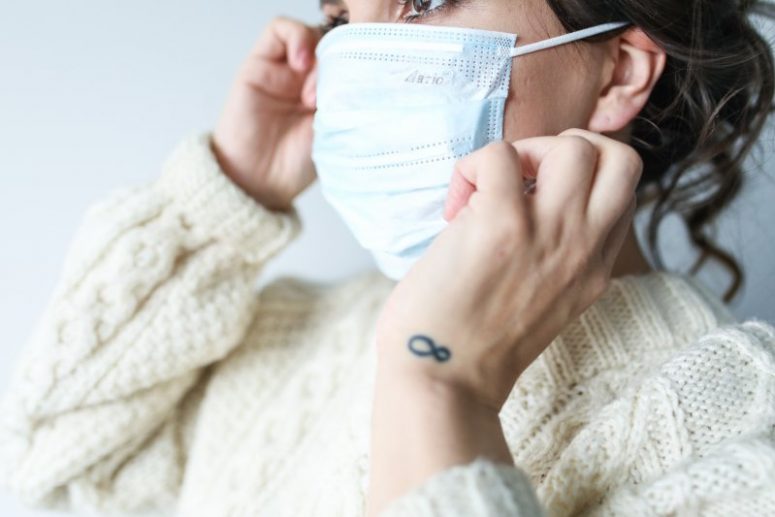The coronavirus pandemic has created lots of fear, anxiety, stress and uncertainty. These emotions have been felt by most of the population to some extent or another. However, some people have had severe anxiety that has impeded on their everyday life. A researcher based in the USA, Sherman Lee, has created a coronavirus anxiety scale that is aimed at helping professionals identify dysfunctional anxiety related to COVID-19. In this blog, I will be highlighting the main elements that may help you identify if you are suffering from pandemic-related anxiety.
Anxiety is a natural response to being stressed. There are five main ways that we exhibit anxiety. You may only be aware of one symptom however it is often a combination of different factors. While these symptoms can come naturally in different scenarios, such as going to a job interview, meeting a new group of people for the first time, or being in a new environment, these symptoms can become problematic if they being to disrupt our normal way of relating with others, or going about our everyday activities.
Cognitive
The first is cognitive symptoms. This may include repetitive thinking about a particular topic with a sense of being unable to stop thinking about it, repetitive worrying, dreaming about the topic or situation and making plans based on the topic in question.
Behavioural
The next is behavioural changes. This means that there is a change in your behaviour that is due to the situation that you are in, such as being unable to do activities that you once enjoyed doing, avoiding doing particular activities, and acting compulsively.
Emotional
Emotional responses are also an indicator of anxiety. The most common responses include feeling fear, anxiety or even anger. These feelings can reach a peak within minutes, causing a panic attack.
Physiological
The final one is physiological responses and this may include difficulties sleeping, feeling paralysed (also known as tonic immobility), and other physical symptoms such as pain in your body, irritable bowel syndrome, shortness of breath and overall weakness or fatigue.
As a result of feeling these different symptoms, you may develop various coping strategies that help you manage the situation. Some may be helpful, such as talking to family and friends about your worries, while others can be problematic, such as using alcohol or drugs.
These different factors have been combined into the following items relating specifically to the coronavirus pandemic:
“I feel dizzy, lightheaded, or faint, when I read or listened to news about the coronavirus.”
“I had trouble falling or staying asleep because I was thinking about the coronavirus.”
“I felt paralysed or frozen when I thought about or was exposed to information about the coronavirus.”
“I lost interest in eating when I thought about or was exposed to information about the coronavirus.”
“I felt nauseous or had stomach problems when I thought about or was exposed to information about the coronavirus.”
If you have experienced a combination of these symptoms regularly over the last two weeks (often or nearly every day), to the point that they are making it difficult to go about your daily life, it might be an indication that you are suffering from coronavirus-related anxiety. You are not alone, as research shows that this is a common response in the population during a global disease outbreak. Seek support from your closest significant others and you may also want to consider seeking professional help.
Petra Borg is a Trainee Gestalt Psychotherapist currently reading for a Masters in Gestalt Psychotherapy from the Gestalt Therapy Institute Malta (GPTIM) and working at Willingness as a Trainee Psychotherapist. She has experience as a Triage Officer and has also worked closely with Willingness over several years, coordinating the international internship programme and providing support over diverse events and initiatives.
References:
Lee, S. (2020). Coronavirus anxiety scale: a brief mental health screener for COVID-19 related anxiety. Death studies, 40(7), 393-401. DOI:10.1080/07481187.2020.1748481

